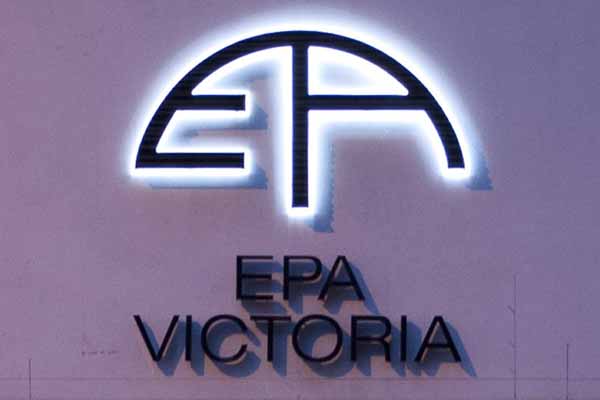A sewage-like stink which was smelt across eleven Brimbank suburbs in early January was “likely” caused by seaweed and exposed mudflats the Environment Protection Authority believe.
Complaints came from across Brimbank, Hobsons Bay, Maribynong plus Caroline Springs and Taylors Hill.
An EPA spokeswoman said the smell most likely came from an extreme low tide area along the coastline between Werribee South and Altona Meadows.
Around 400 complaints were lodged between January 10 and 15.
EPA Regional Services Executive Director, Damian Wells said an inspection found a large amount of seaweed washed up on the coastline near Altona Meadows.
“Low tides had also exposed mudflats containing anoxic sediments caused by years of seagrass build-up and decomposition,” he said.
“After following up on this inspection with our principal marine expert, it is understood that there are significant seagrass and macroalgae communities between Altona Meadows and Werribee South.”
“With the prevailing wind conditions, this part of Port Phillip Bay can often see a large build-up of dislodged seagrass and seaweed, called wrack, along beaches.
“Decomposing wrack can cause odour and recent higher temperatures would have accelerated breakdown and hence more sulphuric odours associated with increased anoxic conditions.
“Southerly winds may have pushed the odour further inland, which could explain why EPA also received calls from other areas.”








